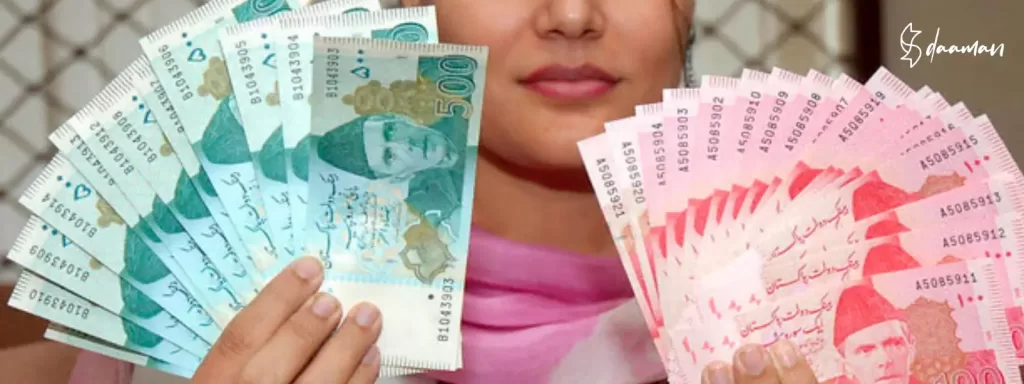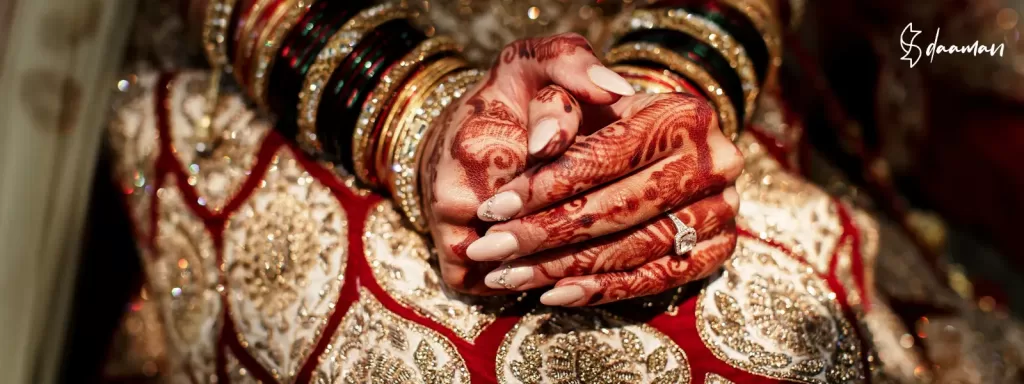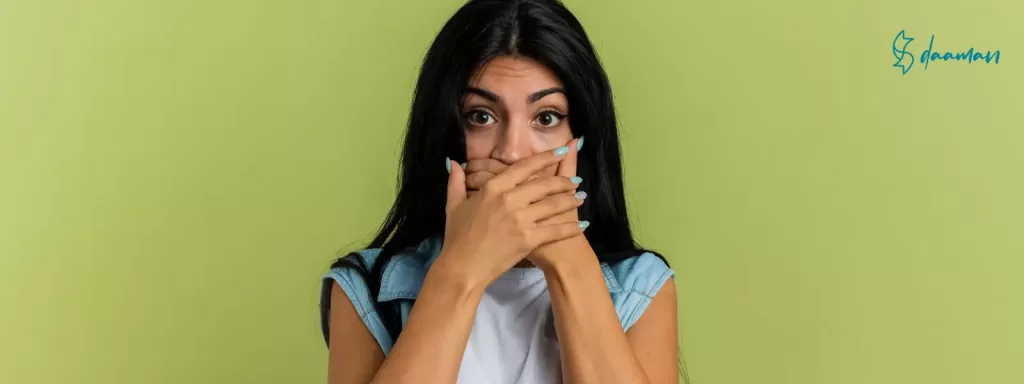Understanding Key Legal Rights in Pakistani Marital Laws
In Pakistan, like many countries, the legal landscape plays a crucial role in shaping the rights and status of women. Understanding the laws that govern women’s rights, particularly in the context of marriage, is essential for fostering a society that values gender equality. This article aims to shed light on common laws every woman should be aware of in Pakistan, emphasizing women’s rights and marital laws. Dower (Haq Mehr): Under Islamic law, a husband is required to provide a dowry (Haq Mehr) to his wife at the time of marriage. This is a financial provision meant to ensure the wife’s financial security in case of divorce or the husband’s death. It is a woman’s right, and its amount is mutually agreed upon or determined by cultural norms. Understanding the importance of Haq Mehr is crucial for women as it serves as a form of economic empowerment. Maintenance and Financial Support: Pakistani law recognizes a woman’s right to financial support during and after marriage. In case of separation or divorce, a woman is entitled to maintenance, including a reasonable amount for herself and any children from the marriage. The amount is typically determined by the court and takes into account the financial capacity of the husband. This provision aims to ensure that women do not face financial hardships after the dissolution of a marriage. Image Source: Freepik.com Registration of Marriage: While marriage is a personal and cultural ceremony, it is important to register the marriage legally. The Nikah Nama (marriage contract) is a legal document, and the registration of marriages is mandatory under Pakistani law. Registration ensures that both parties have legal standing and protection. Unregistered marriages can lead to complications in asserting rights, especially in cases of divorce or inheritance. Right to Khula: In Islam, Khula is a process through which a woman can seek a divorce from her husband. It is initiated by the wife and involves her returning the dowry to the husband. The right to Khula empowers women by providing them with an avenue for seeking divorce if the marriage becomes untenable. However, the process may involve legal proceedings, and it’s essential for women to be aware of their rights in this regard. Inheritance Rights: Inheritance laws in Pakistan are governed by Islamic principles, and women are entitled to a share of the deceased’s property. The distribution of inheritance among male and female heirs is outlined in the Quran. Women have the right to inherit from their parents, spouses, and other family members. Understanding these laws is crucial for women to assert their rightful claims and prevent any unjust denial of inheritance. Protection Against Domestic Violence: The Protection of Women against Violence Act was passed in 2016, criminalizing various forms of domestic violence. This law provides legal protection and remedies for women who are victims of physical, emotional, or economic abuse within the home. Women have the right to file for a protection order against abusive spouses or family members, and the law aims to create a safer environment for women within their homes. Child Custody Laws: In cases of divorce or separation, the custody of children is often a critical issue. Pakistani law takes into consideration the welfare of the child as the paramount consideration in determining custody. While the general rule is that a mother is granted custody of young children, the court may consider the best interests of the child, including financial stability and the ability to provide a nurturing environment. Age of Marriage: Pakistani law sets a minimum age for marriage to protect young girls from early and forced marriages. The Child Marriage Restraint Act prohibits the marriage of girls under the age of 16 and boys under the age of 18. Understanding this law is essential for young girls and their families to ensure that they are not coerced into early marriages, which can have severe consequences on their health and well-being. Polygamy Laws: Islam allows a Muslim man to have up to four wives, but this practice is subject to certain conditions and restrictions. The man must treat all wives equally and provide for each family financially. Additionally, he must seek permission from the Arbitration Council. Women have the right to consent to or object to their husband’s decision to take another wife. Understanding the legal framework surrounding polygamy is crucial for women to assert their rights and protect their interests. Image Source : Freepik.com In recent years, Pakistan has made significant strides in addressing sexual harassment in the workplace. The Protection against Harassment of Women at the Workplace Act aims to create a safe working environment for women and provides mechanisms for reporting and redressal. Women have the right to work free from harassment, and awareness of these laws empowers them to stand against any form of workplace harassment. Empowering women in Pakistan requires not only legal frameworks but also awareness and understanding of these laws. The rights outlined above form a foundation for women to navigate various aspects of their lives, particularly in the context of marriage and family. As women become more informed about their rights, they can actively participate in shaping a society where gender equality is not just a legal principle but a lived reality. By knowing and asserting these rights, women contribute to a more just and inclusive Pakistan.
Understanding Key Legal Rights in Pakistani Marital Laws Read More »











